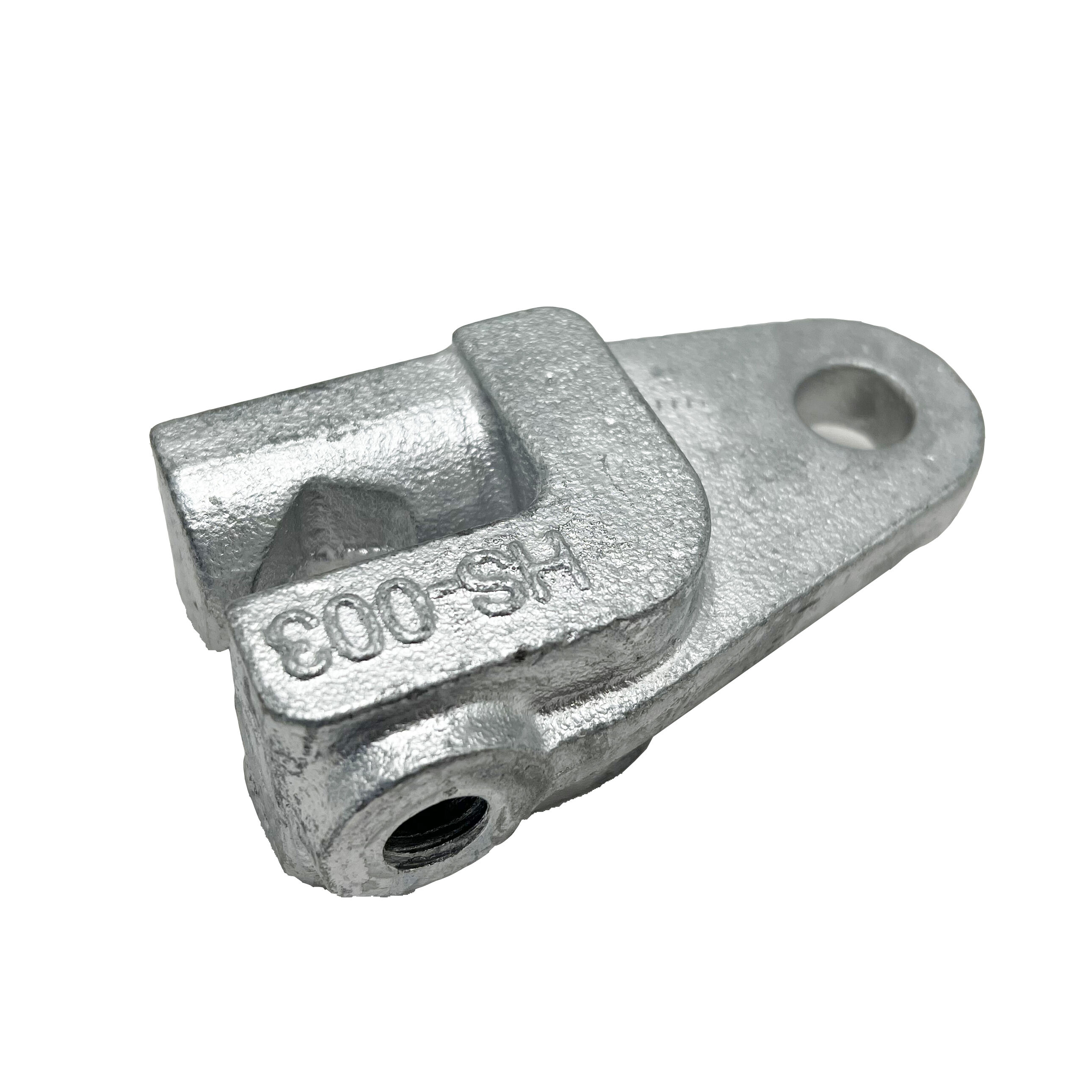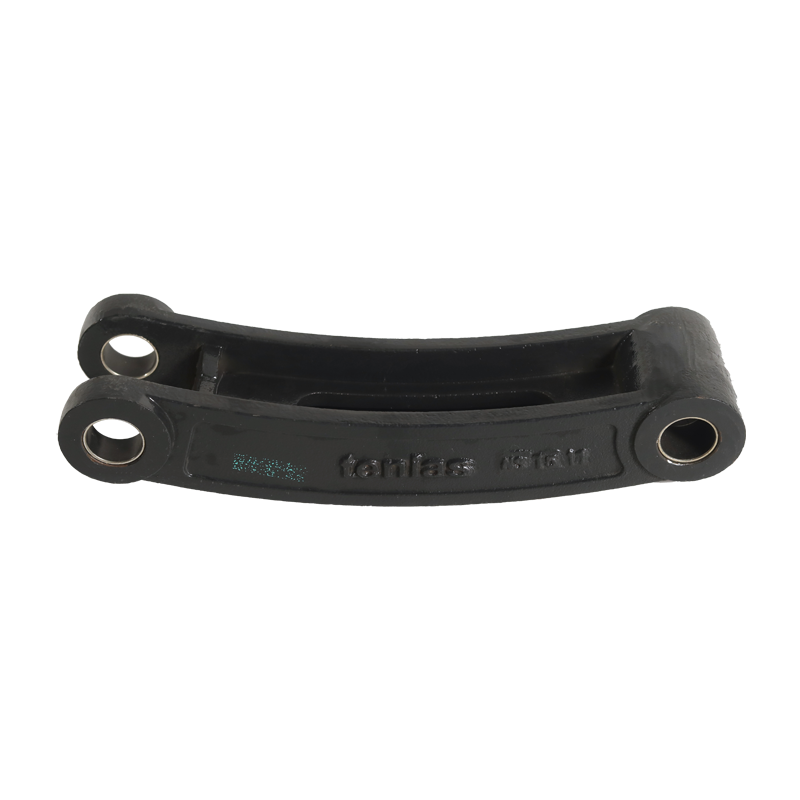iron sand casting
Iron sand casting represents a fundamental manufacturing process that combines traditional foundry techniques with modern engineering principles. This method involves creating complex metal components by pouring molten iron into specially prepared sand molds. The process begins with the creation of a precise pattern, followed by the preparation of sand molds using high-quality silica sand mixed with binding agents. The sand mixture is carefully compacted around the pattern to create a negative impression. Once the mold is ready, molten iron is poured into the cavity, where it solidifies and takes the desired shape. This versatile process allows for the production of both simple and intricate components, ranging from small machine parts to large industrial equipment. The technology particularly excels in producing components with complex internal geometries that would be difficult or impossible to manufacture through other methods. Iron sand casting finds extensive applications across various industries, including automotive manufacturing, construction equipment, agricultural machinery, and infrastructure development. The process is particularly valued for its ability to produce components with excellent mechanical properties, good surface finish, and dimensional accuracy.


